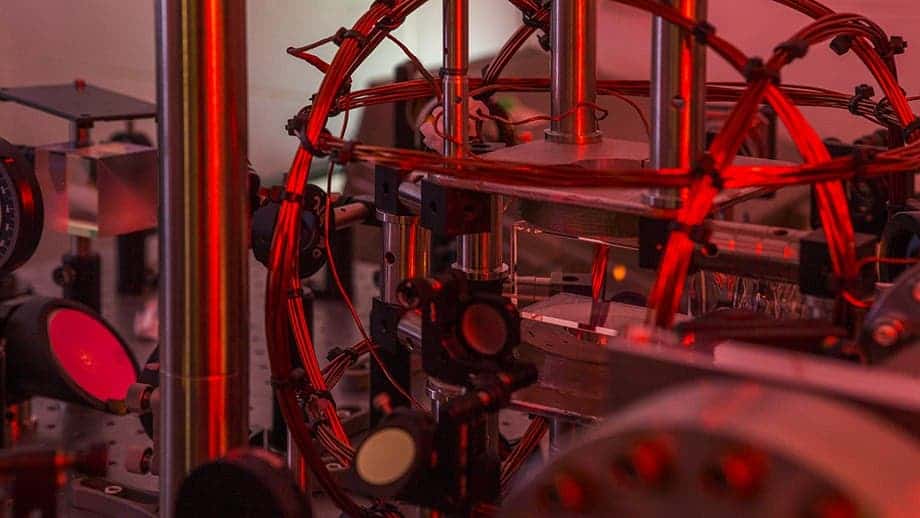Lazy physicists from Australia programmed an artificial intelligence system to maneuver a delicate experiment with little to no oversight. The A.I. had to control an array of lasers that are used to cool atoms near absolute zero temperature, where the slightest hiccup could destroy the fragile state of matter of the atoms. But the machine performed marvelously.

“I didn’t expect the machine could learn to do the experiment itself, from scratch, in under an hour,” said co-lead researcher Paul Wigley from the Canberra-based Australian National University (ANU). “A simple computer programme would have taken longer than the age of the Universe to run through all the combinations and work this out,” Wigley added.
The physicists’ experiment creates an exotic state of matter known as the Bose-Einstein condensate, first predicted in the 1920s by Albert Einstein and the Indian physicist Satyendra Bose. It wasn’t until very late in 1995 that scientists were able to produce the necessary conditions for this extreme state of matter to occur, which involve cooling a gas with laser traps down to a fraction of a Kelvin.
At room temperature, atoms are incredibly fast and behave akin to billiard balls, bouncing off each other when they interact. As you lower the temperature (remember temperature reflects atomic agitation), atoms and molecules move slower. Eventually, once you get to about 0.000001 degrees above absolute zero, atoms become so densely packed they behave like one super atom, acting in unison.
Making Bose-Einstein condensate is an extremely difficult process, one that earned three physicists the Nobel prize in 2001 for their groundbreaking work. Even with a pretty solid plan laid out on how to make the condensate, physicists have to painstakingly tweak their process until it’s just right. A machine that can do this on the fly and by itself will thus save a lot of time, allowing the researchers to put their creative minds to better use, like solving difficult problems.
The Australian National University researchers first set the stage for the machine by cooling a gas down to 1 microkelvin or a millionth of a degree above absolute zero using three lasers. They then handed the control over to the A.I. Over dozens of repetitions, the machine found the right balance to make Bose-Einstein condensate, as seen in Scientific Reports.
“It did things a person wouldn’t guess such as changing one laser’s power up and down and compensating with another,” said Wigley.
Next, the team plans on tweaking the A.I. so it makes Bose-Einstein condensate even faster.
There are also some practical uses too. Bose-Einstein condensate is extremely sensitive to fluctuations of energy, which is why it’s so difficult to keep the gas in this state. It’s also what would make a device based on it very useful.
“You could make a working device to measure gravity that you could take in the back of a car, and the artificial intelligence would recalibrate and fix itself no matter what,” noted co-lead researcher Dr Michael Hush from UNSW ADFA.
Was this helpful?



